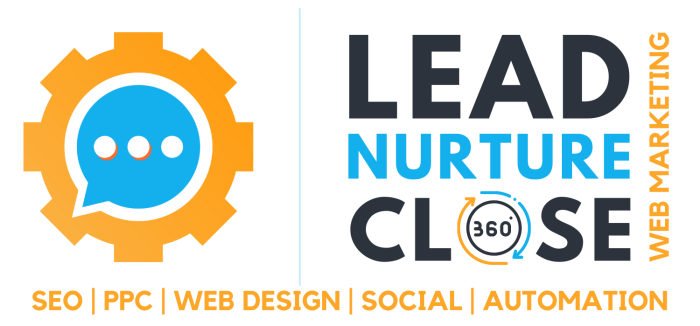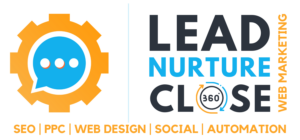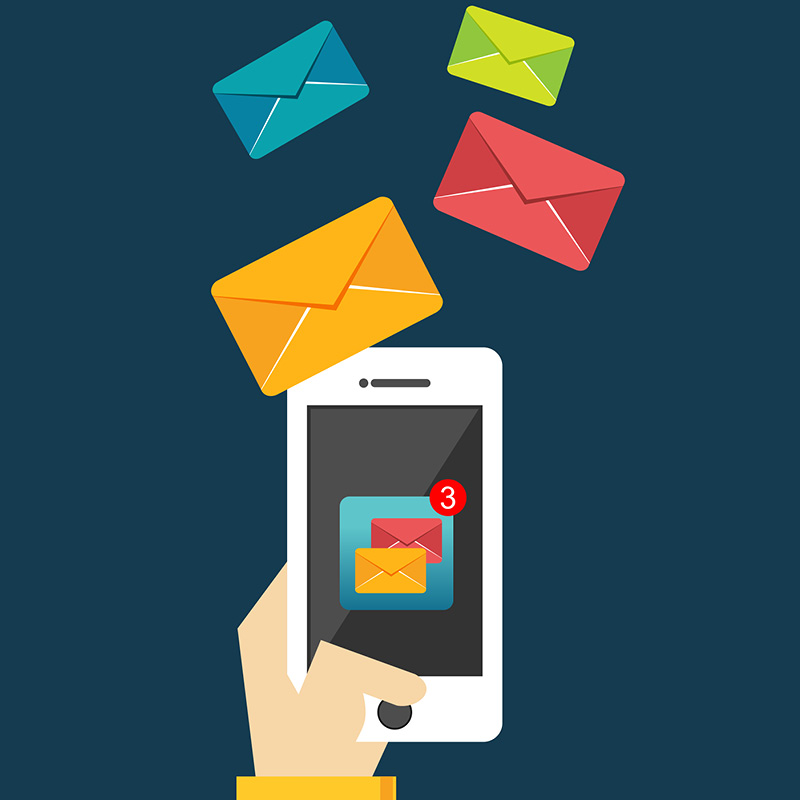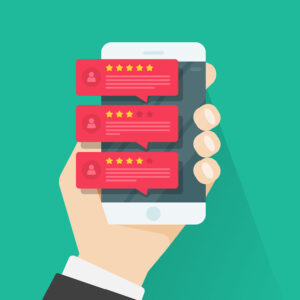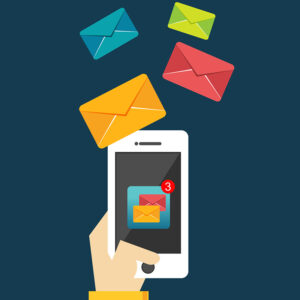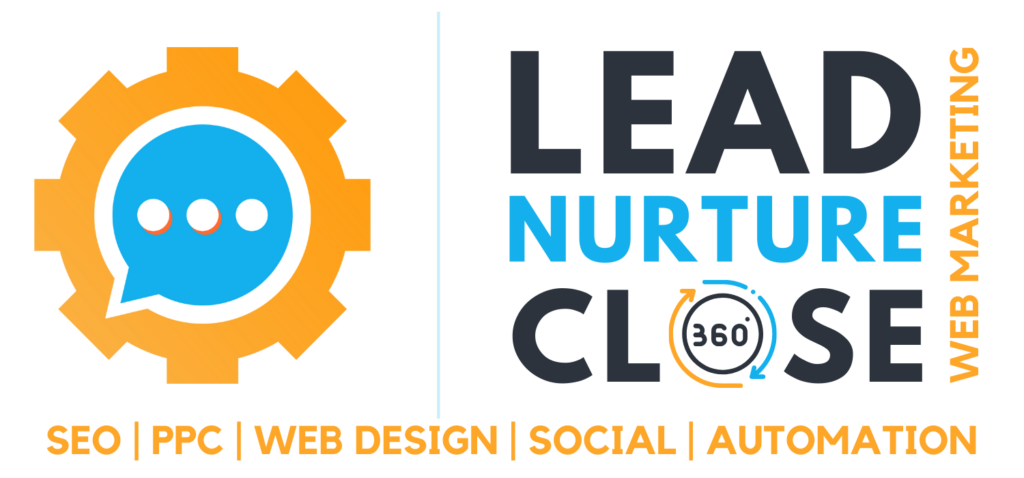For email marketers and small business owners, few things are more disheartening than watching your once robust list of subscribers disengage and fall inactive. Despite your steady stream of valuable content and special offers, your open and click rates start to steadily decline.
While some subscriber attrition is inevitable, an inactive list represents missed opportunities to nurture leads and drive conversions. With the right combination of segmentation, personalization, content, and promotions, re-engaging that inactive subscriber base is very achievable.
Why Re-Engaging Inactive Subscribers Matters
Research shows that the average email list loses about 25 percent of subscribers from being inactive after the first year alone (1). For some businesses, this number can be even higher. With the rising costs of continuously getting new subscribers, re-engaging existing ones makes good business sense.
Ultimately, it costs more to acquire new subscribers compared to activating those who have gone inactive. Even small increases in engagement across inactive users can really improve the return on investment for your email marketing.
Inactive subscribers also still represent qualified leads. Their past interest led them to opt-in originally, but life circumstances may have simply prevented continued engagement. With the right outreach, their potential value can be uncovered again.
Use the following techniques to get disengaged subscribers opening, clicking, and converting again.
Complying with Anti-Spam Regulations
Properly re-engaging inactive subscribers begins with ensuring your outreach complies with anti-spam laws and CAN-SPAM act regulations. Aggressively emailing unresponsive subscribers can backfire and cause spam complaints if you’re not careful.
First, honor any unsubscribe requests to avoid contacting subscribers who have explicitly opted-out. Review any past spam complaints as well and avoid sending overly promotional content to remaining inactive users. You should also ensure inactive subscribers gave proper consent and followed opt-in procedures originally. Confirm your email lists only contain valid, current emails. With this compliance foundation in place, you can move forward with your re-engagement plan.
Segmenting Inactive Subscribers
The next step is segmenting and targeting specific inactive subscriber groups based on behaviors and attributes. This is more effective than general email blasts, and you can use email analytics to identify relevant categories to target.
For example, categorize subscribers by how long they’ve been inactive:
- 30-60 days inactive: Deploy dedicated win-back campaigns. Their interest may have only recently dropped.
- 60-90 days inactive: Send a survey to update their preferences. Update their profiles accordingly.
- 90 days or more inactive: Implement a multi-touch re-engagement campaign, such as a series of emails focused on rebuilding engagement with inactive users.
You can also look at previous email engagement levels to inform strategies. For instance:
- Sent but never opened: Use on-site triggers like exit popups to capture attention. Send urgency-driven subject lines.
- Opened but never clicked: Provide exclusive content upgrades matching their interests for re-engaging.
- Clicked but never bought: Create targeted sequences with special offers to remind them of abandoned carts or recent page views.
Additionally, identify and group subscribers with similar interests and attributes. Send content that is highly relevant to each group’s preferences to recapture attention.
Using Personalized Content
Personalized messaging shows subscribers you’re interested in their needs as individuals. Insert subscriber names, locations, interests, and other details into content. This personal touch can significantly lift open and click rates.
You can also mention the subscriber’s industry, job role, or interests in the subject line so content appears tailored to them. Subject lines should connect to their values.
Set up sequences triggered by specific subscriber actions like abandoned carts, recently viewed products, and website page views. This shows attention to their activity. Gated content like eBooks and templates tailored to subscriber interests can also spark renewed attention. For example, build a templates kit as an upgrade for marketing subscribers.
Getting Subscriber Feedback
Sometimes people disengage because your emails no longer match their interests. Send out surveys asking subscribers why they haven’t been opening your messages and what types of content they want to see. Use this feedback to shape what you send. Promptly responding to subscriber questions and feedback shows you’re listening – this personalized interaction helps to re-engage inactive users.
Using Deals and Contests
Targeted promotions and offers help bring inactive subscribers back into the fold. Special discounts or coupon codes just for re-engaging makes returning more appealing.
Create a tailored sales sequence with strong incentive offers that motivate inactive subscribers to reactivate their accounts. For instance, offer a limited-time discount for reactivation. Hold contests awarding prizes only to inactive subscribers who take re-engaging actions such as opening emails or making purchases after a period of inactivity. This incentivizes re-engagement.
Continuously Optimize Campaigns
Track campaign performance to identify what resonates with inactive groups. Test subject lines, content, and timing. Monitor engagement metrics, then optimize the strategies driving successful re-engagement.
Keeping Subscribers Engaged Long-Term
Reactivating inactive users is just the first step – you need to keep them engaged for the long haul too. Here are some ideas:
Give VIP access and early sneak peeks to loyal fans. Make them feel appreciated.
Check in regularly to see how they’re feeling and what they want more of. Surveys are great for this.
Provide exclusive first looks at new products or content.
It’s all about building ongoing relationships – keep giving your regulars attention and rewards to keep up engagement levels.
When hard-won subscribers disengage, it’s a missed chance to connect. While getting new people onboard is important, re-engaging existing subscribers is often more effective. Segment purposefully, personalize outreach, deliver real value, and track your efforts. Inactive users still represent potential – you just have to use the right strategies to reignite their interest.
Sources:
1. blog.hubspot.com/marketing/10-examples-of-effective-re-engagement-emails
Stay tuned for more updates and tips on navigating digital transformations in your business. If you have any questions or need assistance with migrating your website, feel free to reach out to Lead Nurture Close for expert guidance and support.
